"A few years ago, I came across some interesting research by cognitive psychologist Ronald T. Kellogg. He claimed that the mark of an expert writer is not years of practice or a hefty vocabulary, but rather an awareness of one’s audience. This made sense to me, and I wondered if it were true in other disciplines as well."
Get Started for FREE
Sign up with Facebook Sign up with X
I don't have a Facebook or a X account
 Your new post is loading... Your new post is loading...
 Your new post is loading... Your new post is loading...
Gary Harwell's curator insight,
January 6, 2014 12:08 AM
Competency based education is a great idea but can it be used in a traditional classroom setting?
Gary Harwell's curator insight,
January 6, 2014 12:08 AM
Competency based education is a great idea but can it be used in a traditional classroom setting?

Mary Lambert Belechak's curator insight,
October 10, 2014 6:19 PM
Knowing 9th grade year is so pivotal and important and getting 9th graders to know it are two different things. Attendance, behavior, and grades. Attendance in first 30 days.

Mary Cunningham's curator insight,
October 26, 2013 12:27 PM
What do you know about digital natives?

Phil Turner's curator insight,
October 8, 2013 6:49 PM
A question of study rather than memorising ... how a student of a topic goes about constructing meaning and negotiating understanding. 
Mary Cunningham's curator insight,
October 13, 2013 12:13 PM
This is a great article about ensuring that students understand the mechanics of their own learning.

Drora Arussy's comment,
September 8, 2013 4:57 PM
Student ownership and buy-in has always been key, thank you for sharing.

LundTechIntegration's curator insight,
May 2, 2013 9:47 AM
Great resource for digital citizenship curriculum. |
Kathy Lynch's curator insight,
May 18, 2014 1:25 PM
So easy to move through content rather than allow for thinking about it. A great reminder of the many ways to get it into the mix and increase student engagement. Thx to Beth Dichter

Kimberly House's curator insight,
January 6, 2014 3:06 AM
I echo Beth Dichter's comments. This is vocabulary we should be using with our students. Identifying habits and ways if thinking that lead to learning.

Kirsten Macaulay's curator insight,
January 1, 2014 5:10 AM
5 Better Ways To Say 'I Don't Know' In The Classroom 1. May I please have more information? 2. May I have some time to think? 3. Would you please repeat the question? 4. Where could I find more information about the? 5. May I ask a friend for help? Good ideas! 
R. Alisha J. Hill's curator insight,
January 3, 2014 2:12 AM
How do you engage the student when he/she says "I don't know"?

malek's curator insight,
November 27, 2013 5:40 PM
Any marketer dream! If only customers behave like students.... 
Deanna Dahlsad's curator insight,
November 27, 2013 5:57 PM
This is an interesting way to look at and evaluate your child's engaement with school as well as your parenting. Are you encouraging "ritual compliance" or real engagement? And, for those of with kids with special needs, the behavior labels in the green boxes might be more helpful in terms of both describing what we see as well as considering in motivating our childen.

Mary Cunningham's curator insight,
October 26, 2013 12:26 PM
A cool self reflecting tool for ways to steer our learning!

Pamela Perry King's curator insight,
October 21, 2013 12:09 PM
The Big Six taught me a lot on how we assume kids can skim and scan. We need to take more time to show them how to search. 
johanna krijnsen's curator insight,
December 4, 2013 2:07 PM
do your students know how to search, find and curate information? 
Cindy Gerken Butler's curator insight,
November 11, 2014 2:34 PM
We are a 1:1 school and we have several students who could learn a lot in regards to searching for content on the internet.
Ashleigh Dawley's curator insight,
September 30, 2013 4:18 PM
Thought this was a great way to get thinkig about teams and different ways to form them. Uses funn interactive and proactive ways to build a team.
Nancy Jones's curator insight,
September 15, 2013 11:37 AM
Spot on. Although I am still trying to get the hang of printing these out to share with faculty And parents by display ongoing in a public area
Shannon CdeBaca's curator insight,
October 18, 2013 12:54 PM
Had to add this as it speaks on several levels and it made me smile.

Sue Alexander's curator insight,
August 24, 2013 9:53 AM
Mia's infographics are amazing resources. This classroom management tool is especially useful for those new to student voice. Here you find a flow-chart of steps to make the rule setting process efficient and the outcome a set of classroom expectations created and owned by the kids. 
KB...Konnected's curator insight,
September 16, 2013 3:36 AM
I have found that students will reinforce the rules with each other when they have actively participated in creating them. Just have to make sure that they do it respectfully. This is a win-win for everyone.

Anne Sturgess's curator insight,
May 7, 2013 5:41 PM
Based on Gagne's suggestions for engaging learners. |



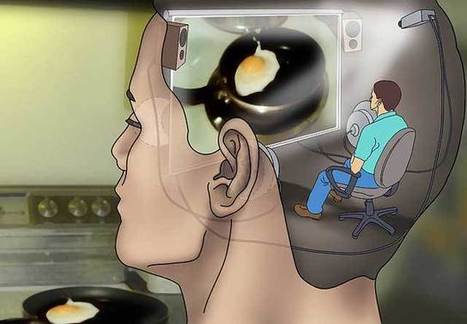



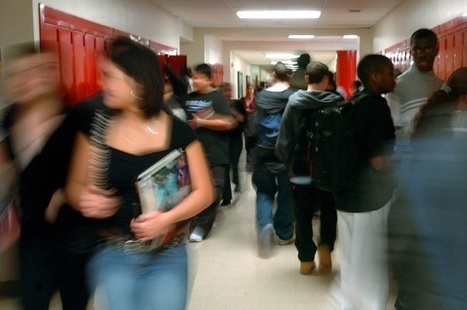

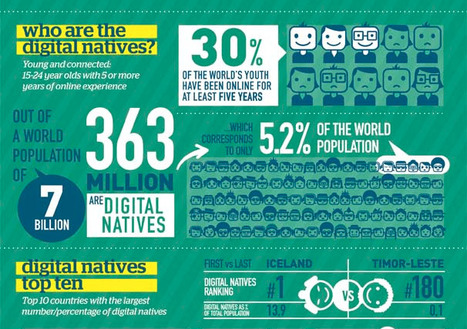



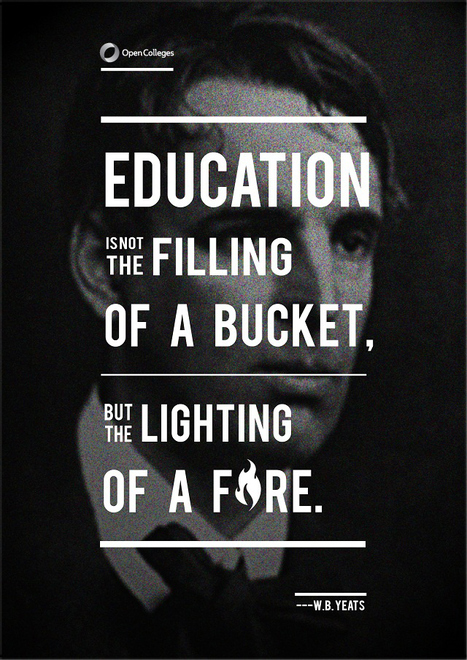
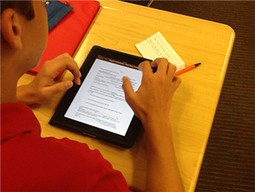


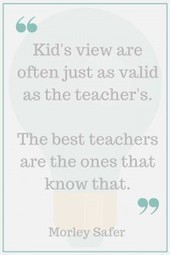
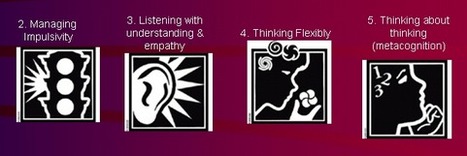


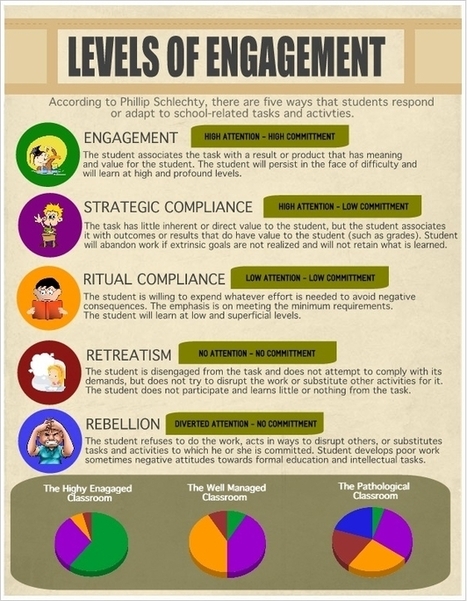


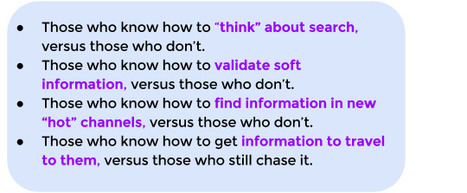

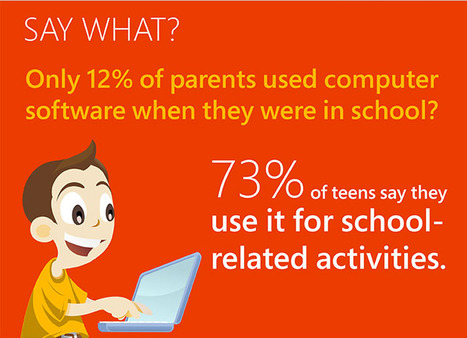

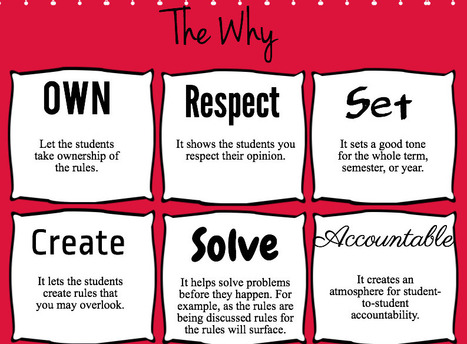
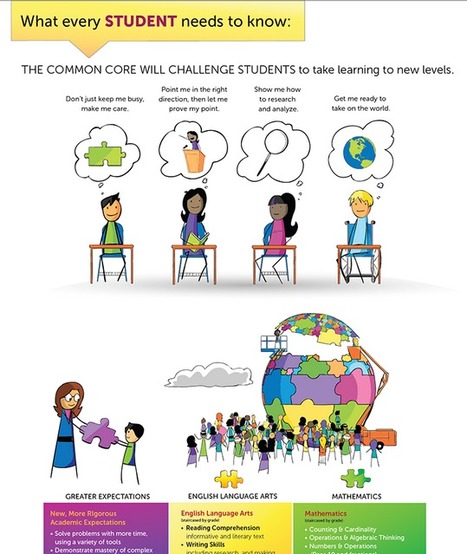
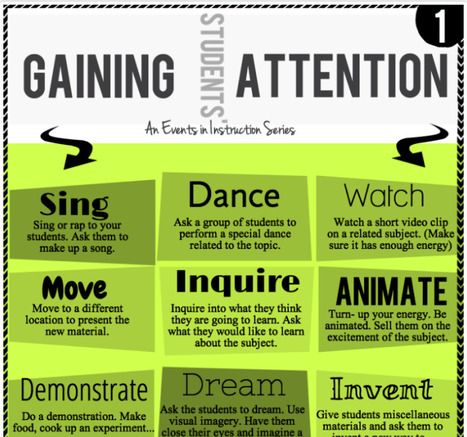





Important research on learning for achievement.
Teaching Metacognition: How Students Think Is Key To High Achievement
Research about how self-awareness can help you tap your learning potential